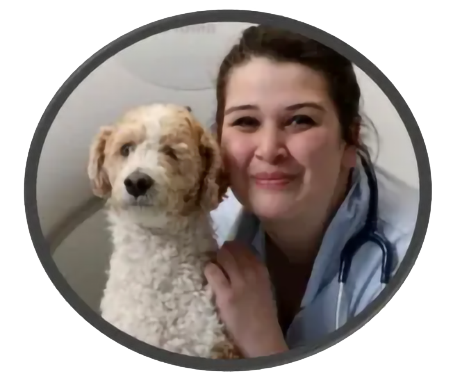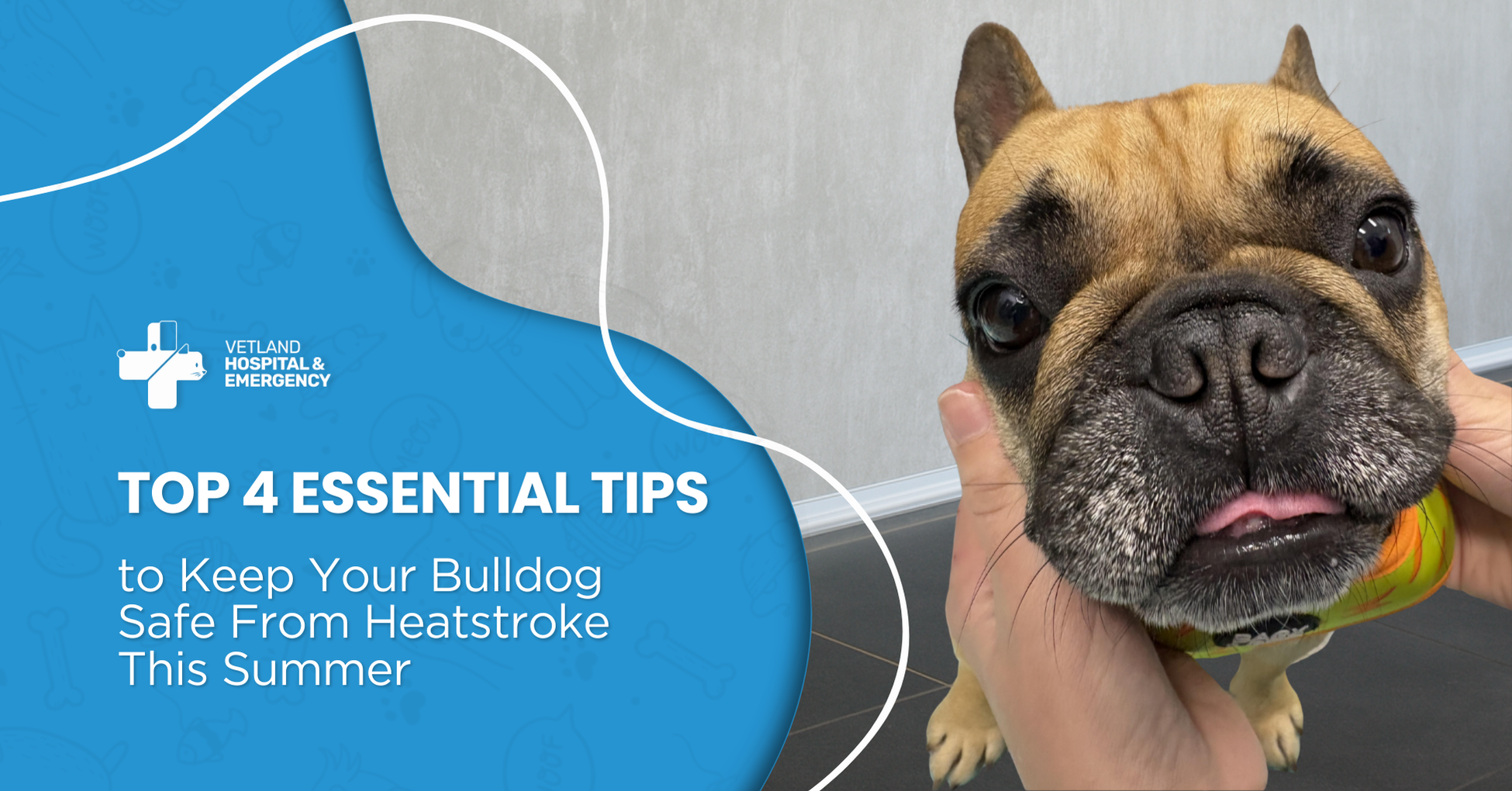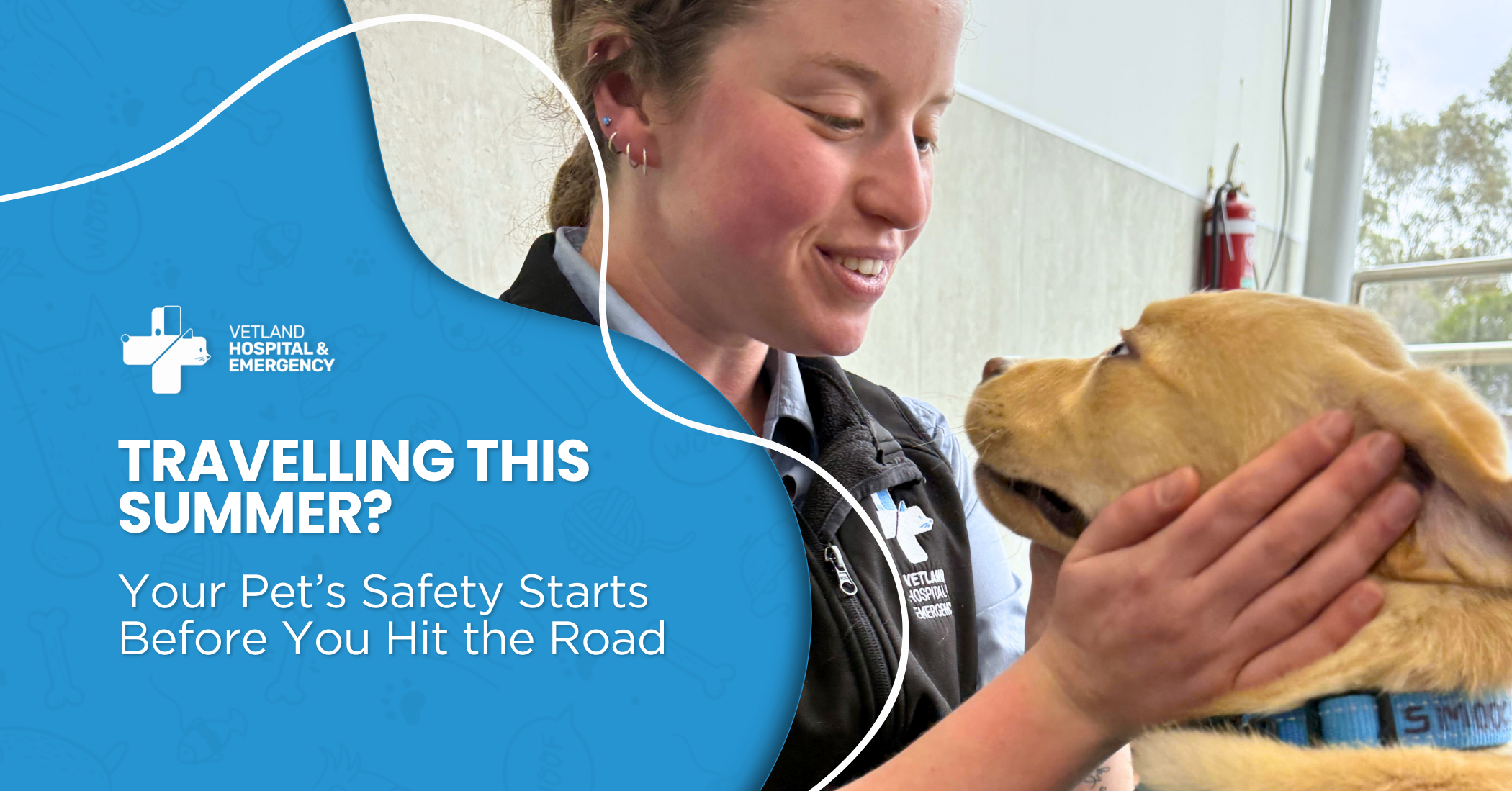Top 4 Essential Tips to Keep Your Bulldog Safe From Heatstroke This Summer
Summer is the season for sunshine, play, and poolside fun. But for bulldogs and other short-nosed breeds, hot weather brings serious risks that quite...

Some days, it feels like I’m dealing more with dogs bottoms than their faces! Every day, I see so many dogs embarrassing their pet-parents with licking and scooting their butt along the floor. Call it the boot-scoot, drag-racing or the truffle shuffle – I’m sure everyone knows what I’m talking about! When dog’s get an itch, they’re not afraid to scratch.
So why do so many dogs do this?
In most cases, they’re just having a scratch. Something back there is irritating them. So, if they’re doing a bit of bottom dragging, don’t be shy – have a look! Any poop dags stuck to their fur? Any lumps on their bottom? How about rashes?
Although it’s always worth a look, in most cases there isn’t anything there. In these cases, itchiness may be caused by allergies, worms or impaction of the anal glands.
Yup, that’s right. Anal glands.
“What the heck are anal glands?”
The anal glands are a pair of sacs that sit either side of the anus. They fill up with a runny, stinky fluid. When your pet poops, the passage of faeces compresses the gland causing it to empty over the surface of the poo. This is your pet’s very own perfume which helps them to communicate with other animals. A classic example of anal glands in the animal world is, of course, the skunk. They produce this stuff in such quantity and concentration that it becomes a very powerful defence mechanism!
“How do they cause itchiness?”
Sometimes, the anal glands can get infected, or the contents can become thick and they get impacted and are unable to empty, becoming very irritating and itchy. So, they fill and fill until… they finally rupture. This is called a fistula and is incredibly painful for your pet.
“How do I know if the anal glands are the problem?”
If your pet is having a problem with their glands, you can sometimes get clues such as a small streak where they have been dragging, or a very charismatic metallic, fishy odour. Yup. It’s as gross and distinctive as it sounds.
Most pets are able to have their anal glands expressed consciously in the examination room. I’ll leave it to your imagination as to how that procedure is performed. However, if your pet is having problems with their anal glands, they may be extremely sensitive back there, and often light sedation and pain relief is best given prior to any bottom examination.
Are you often catching your dog dragging his butt along the floor? Book a consultation and check-up to make sure that there isn’t something serious brewing beneath the surface.

Veterinarian

Summer is the season for sunshine, play, and poolside fun. But for bulldogs and other short-nosed breeds, hot weather brings serious risks that quite...

Summer holidays are nearly here, and I know many of you are preparing for sunshine, beaches, and long-awaited adventures.If your pet is joining you,...
-1.png)
If you’ve ever wondered whether you’re truly doing the right thing for your pet when it comes to vaccinations, you’re not alone.